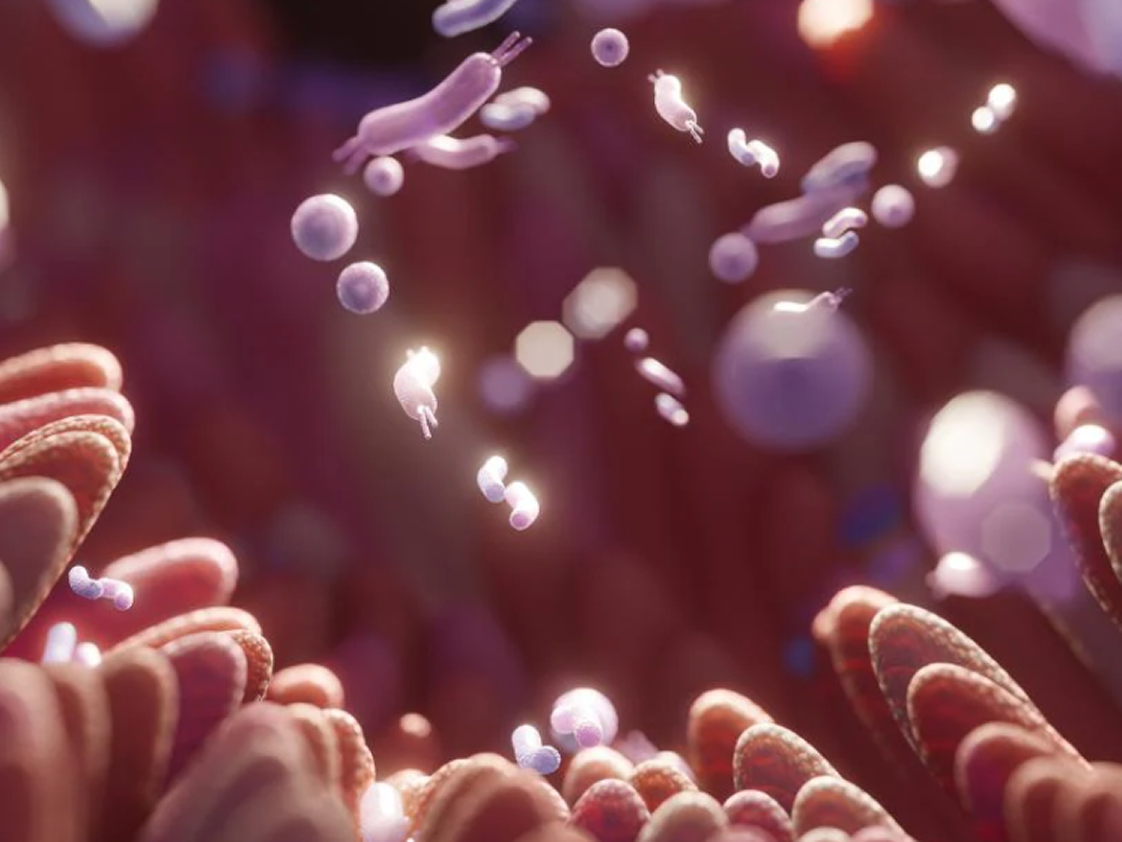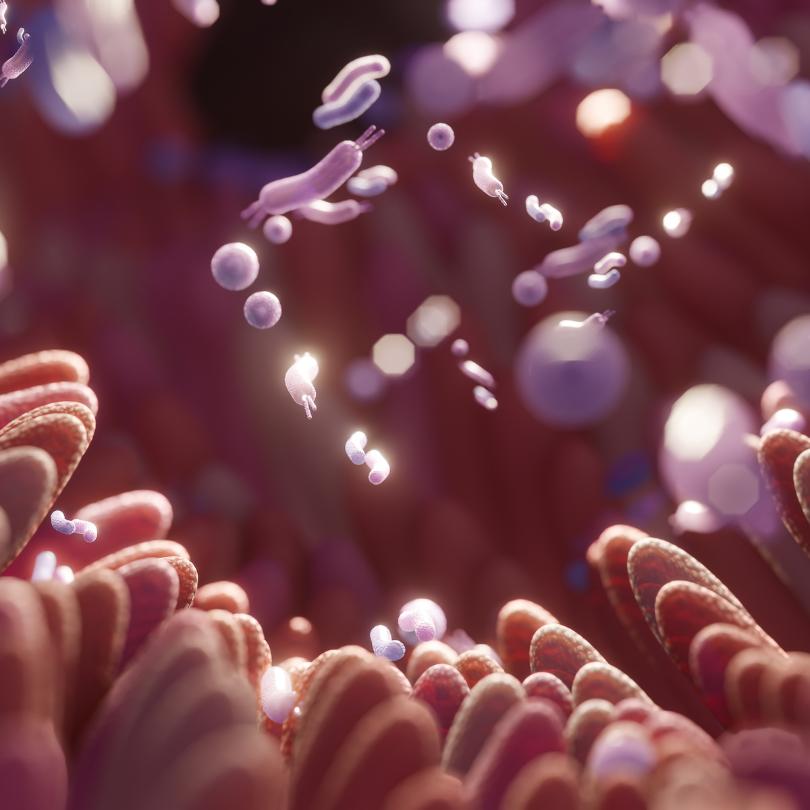Title
Prebiotics 101: Feeding Your Inner Garden
Title

If probiotics are the gardeners, prebiotics are the fertilizer.
What Are Prebiotics?
How Prebiotics Support Gut Health
Should You Take a Prebiotic Supplement?
The Power of Synbiotics: Prebiotics + Probiotics
Final Thoughts
Citations
Prebiotics 101: Feeding Your Inner Garden

